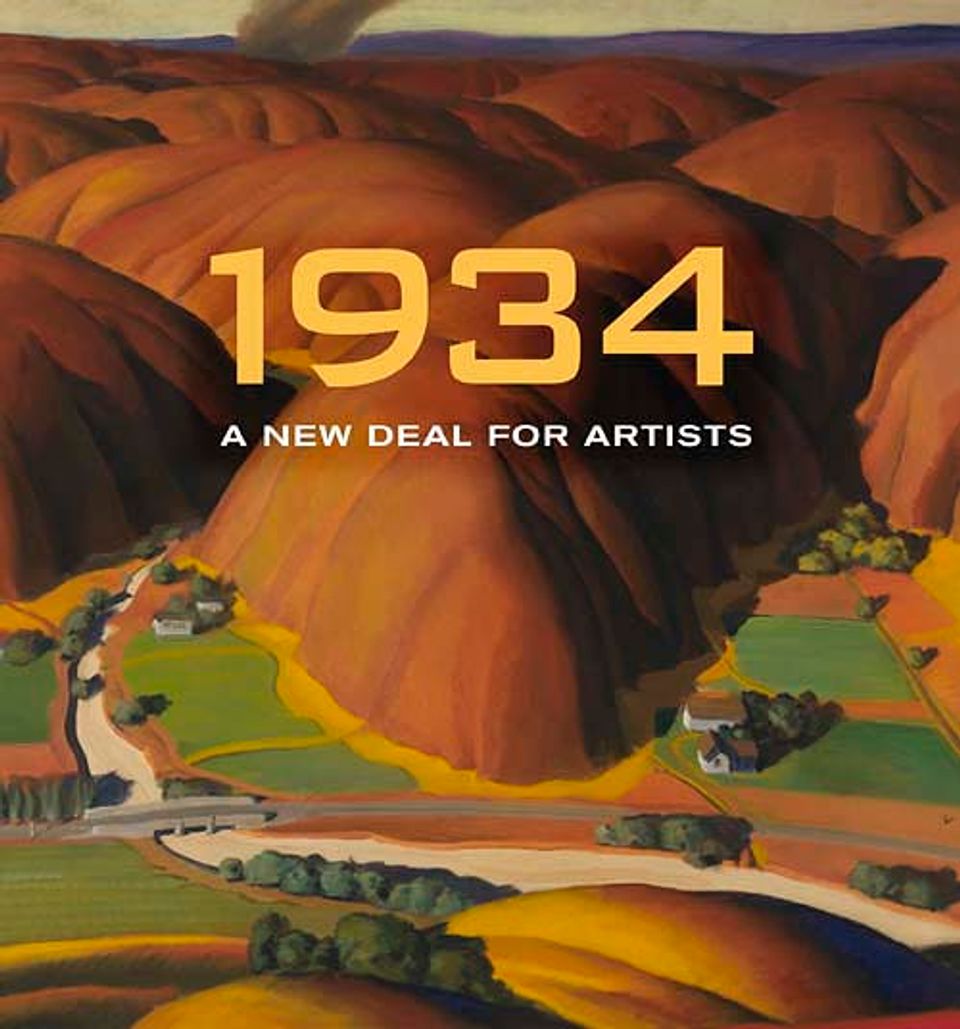Copied
Morris Kantor, Baseball at Night, 1934, oil on linen, 37 x 47 1⁄4 in. (94.0 x 120.0 cm.), Smithsonian American Art Museum, Gift of Mrs. Morris Kantor, 1976.146.18
Copied
Artwork Details
- Title
- Baseball at Night
- Artist
- Date
- 1934
- Location
- Dimensions
- 37 x 47 1⁄4 in. (94.0 x 120.0 cm.)
- Credit Line
- Gift of Mrs. Morris Kantor
- Mediums
- Mediums Description
- oil on linen
- Classifications
- Subjects
- Figure group
- Landscape — time — night
- Occupation — sport — referee
- Occupation — sport — baseball
- Object Number
- 1976.146.18















